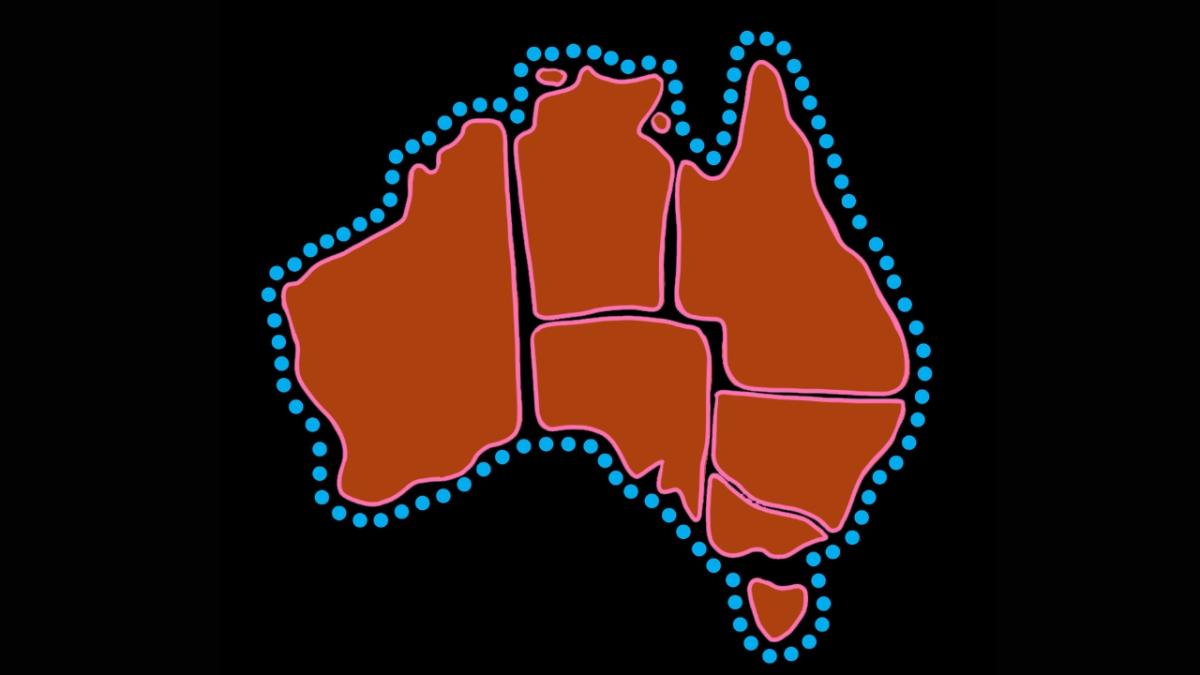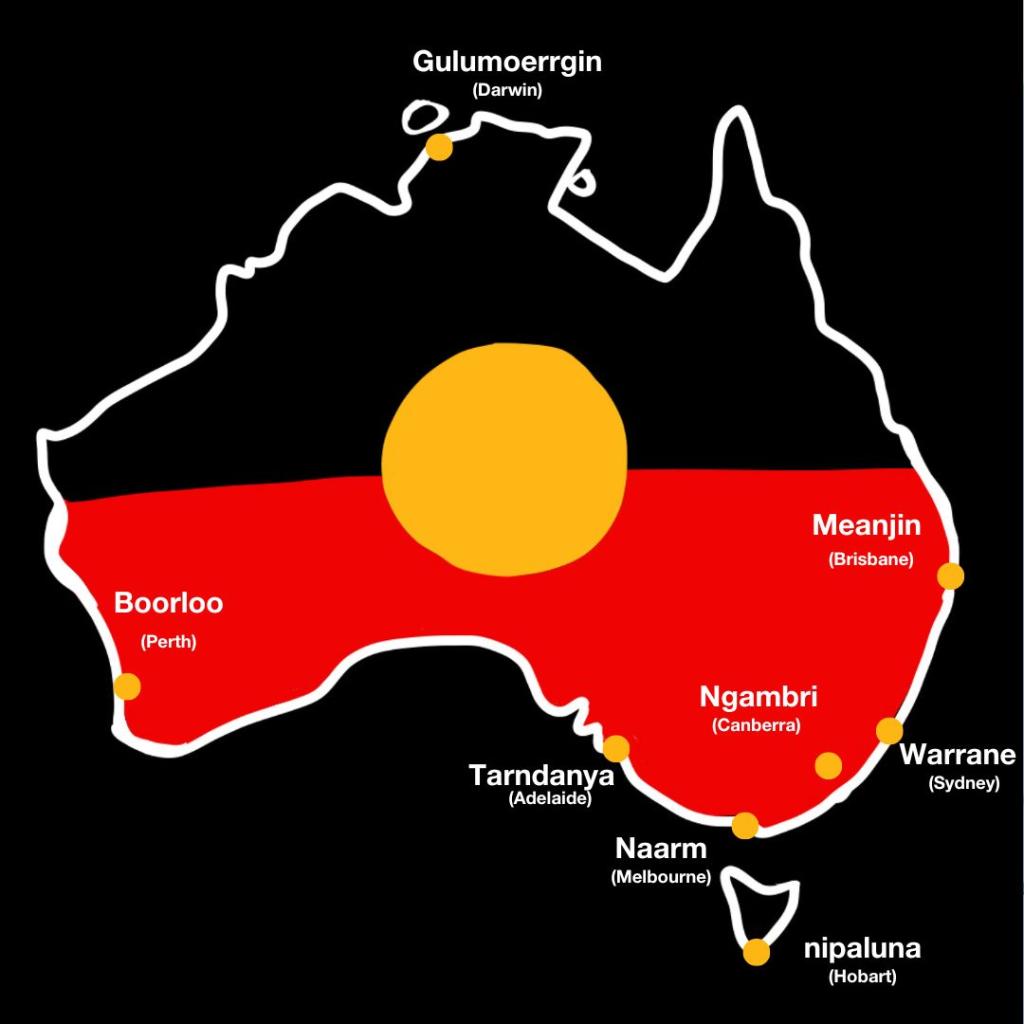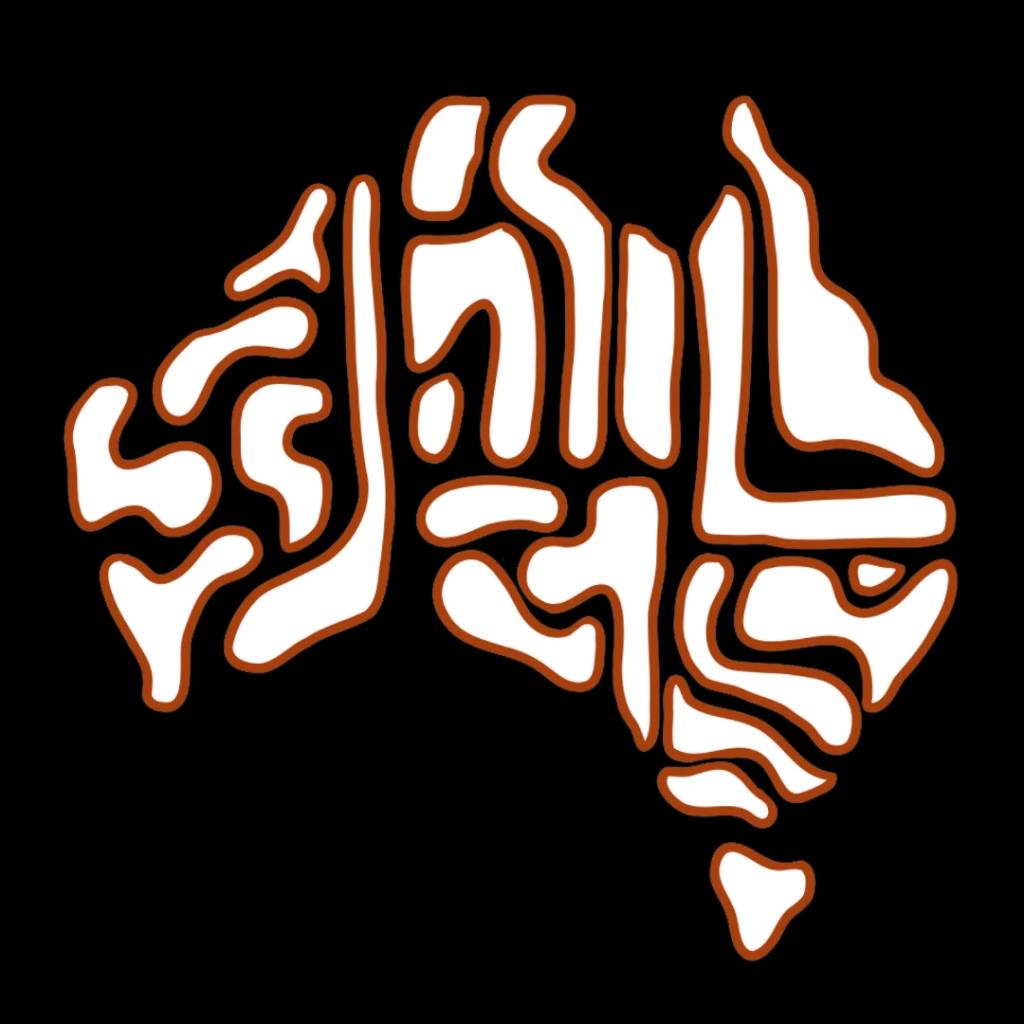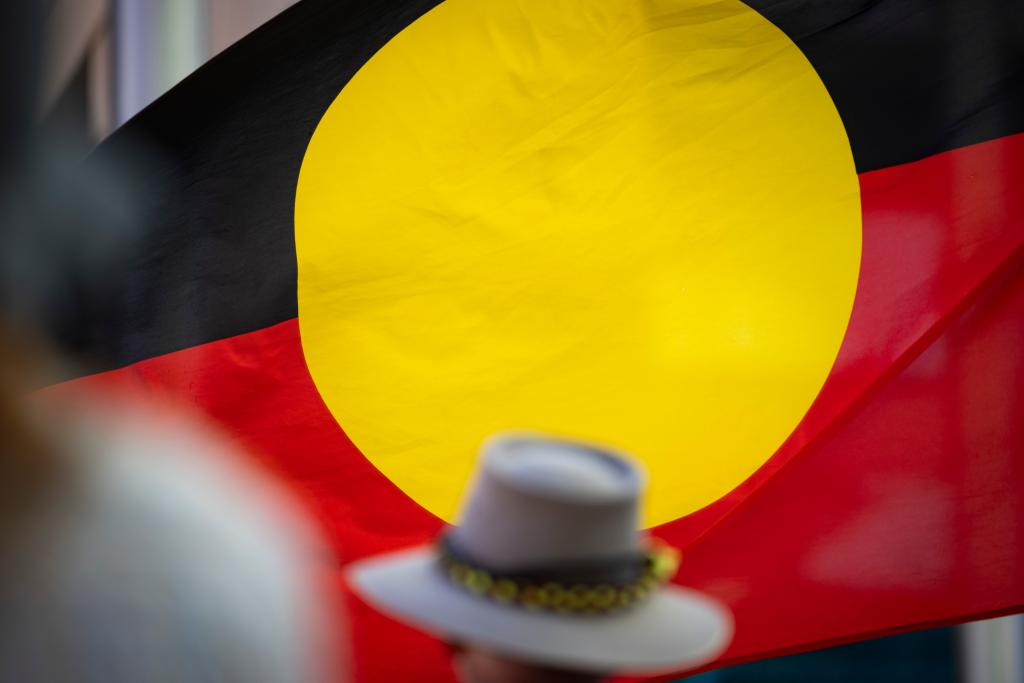
If you went to primary in Australia, you would have most definitely learned the names of each Australian capital city by heart. But do you remember being taught the traditional Aboriginal names for these cities? The ones that have been used by First Nations people for thousands of years? I have no doubt that the answer is no.
Follow up question: do you know the stories behind the names of Australia’s capital cities? ‘Cos the background of the ‘official’ names are incredibly colonial in nature, more so than you might realise, which is why the move to recognise First Nations place names is a small but important part of national truthtelling.
Speaking to PEDESTRIAN.TV, Gomeroi woman and lead advocate for the Place Names In Addresses campaign, Rach McPhail, explained why it’s important for us all to learn the First Nations names for our local towns and cities.
“All the places on this land now known as Australia have had beautiful and true names for thousands and thousands of years before colonisation. When the settlers came, they forced mob off their Countries, and gave these places foreign names — often in recognition of really violent colonisers like Cook, Sturt, Flinders, etc,” she said.
“Using the original names for places is a practice of language reclamation and language sovereignty for First Nations peoples. When non-Indigenous people use First Nations place names, it’s an act of solidarity that helps to reclaim these languages and embed Indigenous perspectives into everyday life.”
Here, we’ve listed the First Nations names for all the capital cities and its Indigenous origin.
Please note this list is not exhaustive and spelling variations are common.

The traditional Indigenous names of Australian cities
Warrane / Sydney
Warrane is the Gadigal name for ‘Sydney Cove’, where Captain Arthur Phillip and the First Fleet landed on Gadigal Country in January 1788. The city of Sydney was named after a man called Lord Sydney, who was the British Secretary of State for Home Affairs at the time of invasion.
However, Warrane is not universally used for the whole of Sydney. This is because place names are specific to where they are and there are other place names in use, for example: Gamay/Botany Bay and Tallawoladah/The Rocks. There are 12 official dual names in the Sydney Council area.
Many people use the name of the clan group alongside the ‘official’ area name and there are about 29 clans in the greater Sydney area. Since the CBD is on Gadigal Country, some people say Gadigal instead of Sydney.
Meanjin / Brisbane
Meanjin is a placename that refers to a spearhead shape in the Brisbane River on Yaggera and Turrbal Country. Funnily enough, ‘Brisbane’ also refers to Brisbane River, which is named after Sir Thomas Brisbane, a previous governor of the New South Wales colony in the early 1821-25.

Tarndanya / Adelaide
Tarndanya comes from the language of Kaurna tradition owners and means ‘Red Kangaroo Dreaming’. It specifically refers to an area called Victoria Square, named after Queen Victoria, on the site of the dundagunya tribe’s central camp. There are 28 other sites in the Kaurna Naming Project, linked above.
The name for ‘Adelaide’ comes from King William IV, who requested that the South Australia colony was named after his Queen consort.
Boorloo / Perth
Boorloo is the name for the Perth area by Whadjuk Nyoongar people. ‘Perth’ is named after the Scottish birthplace of Sir George Murray, then Secretary of State for the Colonies.

Naarm / Melbourne
Naarm is word used in both the Woiwurrung and Boonwurrung language groups of the Central Kulin Nation. In Woiwurrung Ngulu, Naarm refers to the Greater Melbourne CBD area and it means ‘place’. However, in Boonwurrung language, Naarm means ‘the bay’ and refers to the Port Phillip Bay area.
‘Melbourne’ had several interim names; including Batmania, Bearbrass, Bearport, Dutergalla, Glenelg, Neramnew, and The Settlement. It was officially named in 1837 after the British Prime Minister Lord Melbourne.
Gulumoerrgin / Darwin
Gulumoerrgin is a word from Larrakia traditional owners and means ‘our land’. Gulumoerrgin is also the name of the language group for Darwin and the surrounding regions of Cox Peninsula and Gunn Point in the Northern Territory.
‘Darwin’ was named after Charles Darwin in 1869, aka the guy who is famous for the theory of evolution but also visited Tasmania in 1836 to use the genocide of palawa people as the basis for his own argument on the “extinction of races”? Yeah, that guy.
nipaluna / Hobart
nipaluna is a name used for the Hobart area by the palawa/Aboriginal people of the south-east island language group. While these land features have their own names, nipaluna encompasses and refers to kunanyi/Mt. Wellington and timtumili minanya/River Derwent.
‘Hobart’ was named in the 1880s after Robert Hobart, to honour him as Secretary of State for War and the Colonies, 4th Earl of Buckinghamshire, the Lord Hobart.
Canberra
Canberra is the only capital city in Australia to have a name that derives from an Aboriginal language. It was named in 1913 after the term for ‘meeting place’ in the languages of the Ngunnawal and Ngambri peoples.
What if you don’t know the First Nations name?
Now, there’s a lot of complexity to language and place names, especially as more language is revitalised and this could lead to new names being preferred over the ones listed here.
“As we learn about the complexities of colonisation, we realise that sometimes Elders of various communities had to hide language (including place names) down deep, in order to protect it,” Rachel said.
“As these languages start to trickle out into public knowledge, we need to remember that First Nations communities, languages and cultural knowledges are beautifully diverse, and therefore certain places may have multiple names depending on which clan group you’re talking to.”
A common concern I personally hear from non-Indigenous people is a fear of mispronouncing a word, using the wrong name or not knowing where to start researching.
“I can only speak for myself, and other mob may have different views on this. But the way that I see it is that it is better to give it a go and get it wrong, than to just keep using the colonised names,” Rachel added.
“If mob from that area approach you to let you know the correct pronunciation, then this creates opportunities for building friendships and continued reciprocal learning.
“When trying to find out a place name, I think the most important thing is that you are finding the information from First Nations sources to make sure it’s correct.
“If you are able to, reaching out to the Local Aboriginal Lands Councillor or an Elders group is a great place to start. You could also look online to find a website that is owned or informed by the mob from that area, such as a local Aboriginal cultural tour organisation or a community group.”
Show up for your First Nations mates by learning these names and using them as often as you can.
Phoebe McIlwraith is a Bundjalung Githabal and Worimi Saltwater writer, journalist and creative. She is a dubay/galbaan who uses she/her pronouns.
Unsure of what to do this Invasion Day? Here’s all the rallies you can attend in solidarity with First Nations people, and how to show up if you can’t attend in person.



